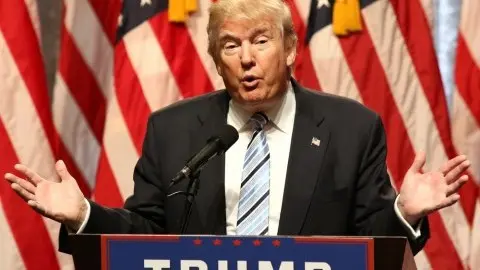Trade war: China retaliates but with a punchier list
China’s decision to include automobiles in the retaliatory tariffs list is a more aggressive move than we expected, but for now the real concern is what the ‘qualitatively measures’ will be if the US imposes 25% tariffs on $200 billion of goods
As the US imposes 25% tariff on $16 billion of imported goods from China, China retaliated with the same amount but with a revised list of goods that contains automobiles, which we see as a more aggressive retaliatory measure.
Qualitative retaliations could include placing administrative measures on US companies operating in China or following the US lead and leveraging 'national security' to prevent American companies operating in the country
The $16 billion revised tariff list from China includes medical equipment and automobiles when the US administration would like to help American automobiles fare better in the international market. We see this list as more punchy than the previous one even the amount involved stays the same at $16 billion.
The dollar index has reacted in strengthening trend and the yuan weakened against the dollar.
What will the 'qualitative retaliations' be?
The uncertainty now lies in how China would retaliate qualitatively and this the main concern for markets rather than today's tariffs implementation.
If the trade talks between China and the US do not yield positive results this week, the US is set to impose another 25% tariffs on $200 billion of imported goods from China. The amount would be around half of the goods US imports from China, but China will only retaliate with tariffs on $60 billion because the US doesn't export as much. But China has repeatedly stated that it can retaliate qualitatively.
Qualitative retaliations could include placing administrative measures on US companies operating in China or following the US lead and leveraging 'national security' to prevent some American companies operating in the country. Given that, 'national security' examination has recently been added as a clause in foreigners' investment policies in China, this seems like a possibility.
Will there be any beneficiaries?
We are aware there could be some substitution effect.
Some economies may benefit by providing goods that are produced in China or the US. For example, Brazil soybean is a substitute for US soybeans, and similarly, some Asian manufacturers may now be in a better position to compete in export orders to the US. But these substitution effects won't be huge as there isn't enough time to rapidly expand product lines in such a short time.
But overall, both American and Chinese manufacturers are likely to face slower growth in manufacturing and trade-related activities or even record a fall. And this fall isn't just limited to the two countries; the global supply chain will face similar prospects.
This publication has been prepared by ING solely for information purposes irrespective of a particular user's means, financial situation or investment objectives. The information does not constitute investment recommendation, and nor is it investment, legal or tax advice or an offer or solicitation to purchase or sell any financial instrument. Read more
Download
Download article
23 August 2018
In case you missed it: De-throning the king This bundle contains 8 Articles
